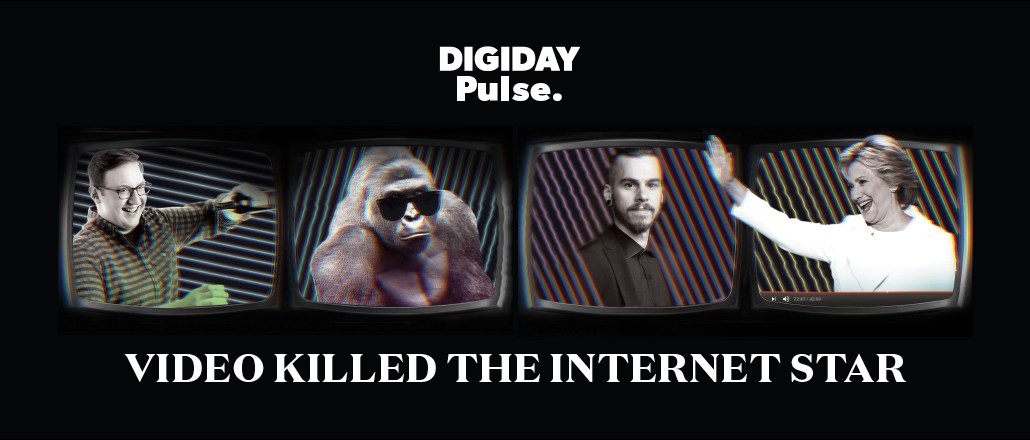
This article is from Pulse, Digiday’s quarterly print magazine about the modernization of media. This is a peek at the third issue, which focuses on the current state and future potential of video. To receive the full 80-page issue and subscribe to a year of Pulse, visit pulse.digiday.com.
It’s not a coincidence that Jonah Peretti moved to Los Angeles. The BuzzFeed CEO, who decamped from New York to L.A. a year ago, symbolizes the shift underway in digital media, where the weight of effort is focused squarely on video.
BuzzFeed, which played down Peretti’s move as a personal decision, split the company into two groups: BuzzFeed News and BuzzFeed Entertainment. “Having a single ‘video department’ in 2016 makes about as much sense as having a “mobile department,’” Peretti wrote in a company memo announcing the move and promising to make video central to “every major initiative” at the company. BuzzFeed said it would ramp up its video efforts across both divisions, but it did little to tamp down chatter that it would eventually jettison news in favor of entertainment, and mostly the type that comes in advertiser-friendly video.
Part of video’s central role is clearly audience driven: The huge numbers racked up by YouTube and Facebook Video testify to the appetite for video. But it is also a business decision, as well-funded digital media companies sour on a commoditized display ads — and see up to 90 percent of the gains in digital ad revenue going to Google and Facebook. Video isn’t a strategy, but it beats dying.
For The Video Issue of Digiday Pulse, we tackled the outsize role video is playing in several ways. Sahil Patel, our resident video guru, tells the story of how Verizon is hell-bent on elbowing its way into entertainment with its Go90 mobile video product. Sahil has also profiled Matt Bellassai, a new kind of star of the social video world, who went from being an intern at BuzzFeed to four years later being repped by CAA. Jess Davies, our U.K. editor, went deep into how The Economist is taking a counterintuitive approach to digital video in betting on long-form documentaries.
Elsewhere, brands editor Shareen Pathak profiles Britt Dougherty, who is leading the charge at MillerCoors to make its marketing less dependent on frat-boy humor. Lucia Moses, our media editor, goes behind the scenes at The Washington Post with Joey Marburger, an unsung hero in Jeff Bezos’ quest to make The Post a tech-driven organization. We also catch up with Josh Topolsky, the digital media veteran editor who is starting a new digital media company that aims to take the high road.
We hope you enjoy this, our third issue of Digiday Pulse. Making a magazine is a learning experience, humbling at times and exhilarating on deadline. We are enjoying the opportunity to take a step back and look more deeply at subjects away from our daily coverage. Please get in touch with your feedback. And thanks for reading.
More in Media

Publishers are hunting for AI prompt data — now they’re starting to get it from third-party companies
Publishers are finally gaining some visibility into AI search, as new prompt data tools crack open a black box.

Digiday+ Research: Publishers’ growing focus on video doesn’t translate to social platforms
Major publishers have made recent investments in vertical video, but that shift is not carrying over to social media platforms.

Technology x humanity: A conversation with Dayforce’s Amy Capellanti-Wolf
Capellanti-Wolf shared insight on everything from navigating AI adoption and combating burnout to rethinking talent strategies.





